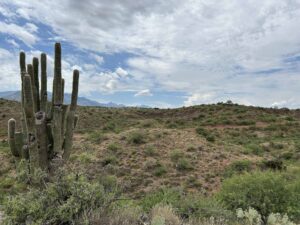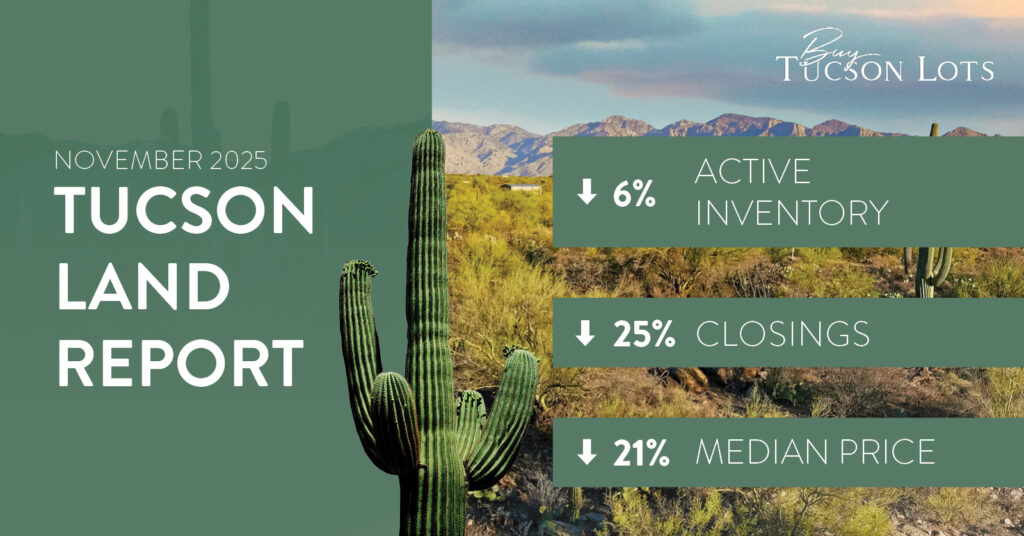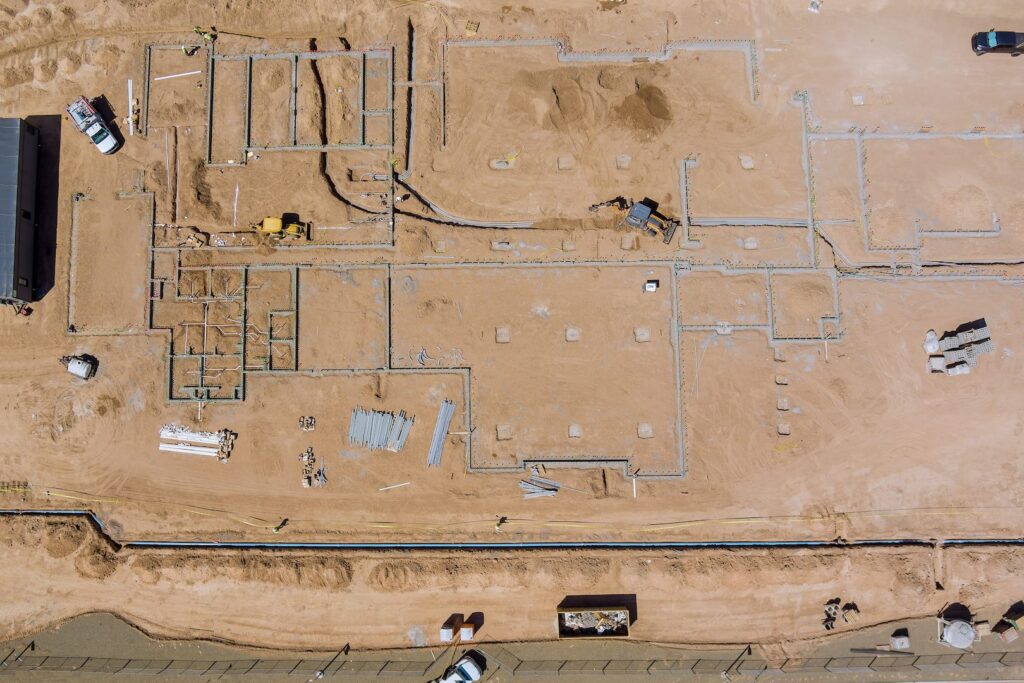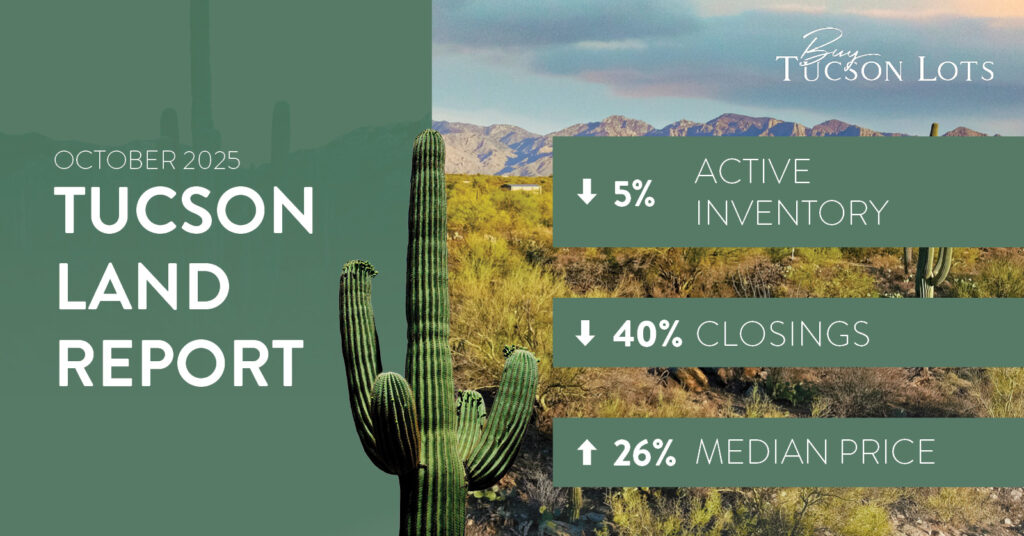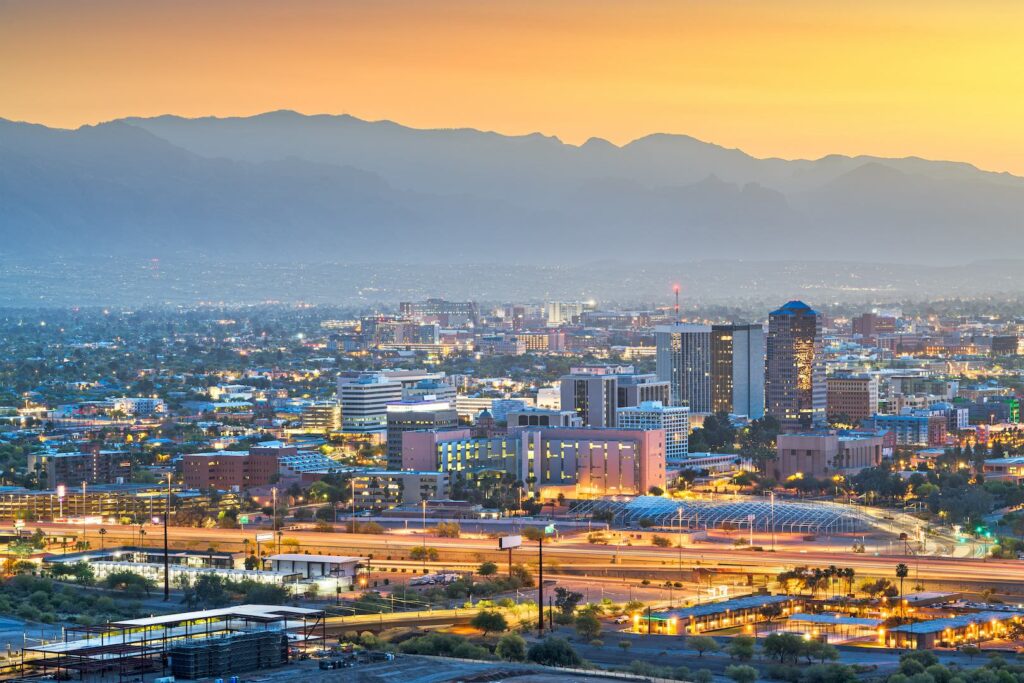When buying a lot or a piece of land, there are many things to consider. From the location to the size to the zoning, the process of purchasing land can be complicated. However, some regulations often go unnoticed, even with all of the research and preparation.
- Different Zoning Areas
From a buyer’s perspective, researching zones is incredibly important and one of the first things they should do when buying a parcel of land. Depending on what the buyer wants to do with the property, knowing what is allowed under the zoning code of that particular land will make the decision smoother.
And, if someone has a specific use of land in mind, it’s essential to search for certain kinds of zoning, so one will dictate the other. Buyers must make sure if someone, for example, wants horses on a property, they buy a property zoned for horses because not all land is the appropriate size to house large animals.
Setback Requirements
A big part of zoning is setback requirements, which impact vacant land and how you will use a piece of property. For instance, if you own a property in an SR zone, (Suburban Ranch) the 50-foot front, 50-foot rear, and 10-foot side yard setback will determine the location of other homes around you and the amount of open space you’ll retain between you and your neighbors. SR zoning is a very typical residential zoning for Tucson. Setbacks should be the first thing that you think about as a buyer.
Zoning dictates different types and sizes of building envelopes. Buyers always want to know if they can put driveways in setbacks or if they have to be in the building envelope. Fortunately, you can put driveways right along property lines. So you can be outside the building envelope and not take up additional space away from your home.
- Floodplain Restrictions
Other skipped-over regulations that cause issues for homebuyers include floodplain restrictions and limitations. When looking at a property, buyers should immediately look at floodplain restrictions and regulations. According to the City of Tucson, “a floodplain is part of the land where the water collects, pools, and flows during events.”
The floodplain is sometimes called the “100-year” floodplain or the “base flood” due to its vulnerability to flooding caused by storms, with a 1% probability of occurring in any given year. In such cases, flood waters inundate the area, resulting in a “high-risk zone” classification.
Tucson experiences many floods, especially during monsoon season, and they run a gamut of sizes. The floodplains simply create natural drainage areas over time, from minor washes to arroyos, with virtually no setbacks. The next size floodplain would be one with a 25-foot setback, where you can’t build within that zone. There are also significant washes, some of which have 100-foot setbacks on both sides of the water course. Most major watercourses, like the Agua Caliente or Rillito can have 250- to 500-foot setbacks. So it’s critical to know this before purchasing.
To learn more about floodplains, see my blog.
- Important Riparian Area (IRA) Ordinances
The floodplain department also regulates an aspect of floodplains known as riparian area ordinances, which encompass various buyer regulations. Riparian area ordinances are areas designated all around the county. According to Pima County Regional Flood Control District, “The purpose of the ordinance is to promote stable flow and sediment transport conditions, preserve natural floodplain functions, and provide water course management.” In addition, IRA ordinances strengthen habitat protection by providing ecologically sound transmission between developed areas.
Riparian area ordinances apply to much vacant property in unincorporated areas of Pima County. Land agents will identify these areas upfront so buyers understand what they can and cannot do concerning building restrictions on certain properties.
- Hillside Development Zones (HDZ)
Most buyers do not know about Hillside Development Zones (HDZ). The steeper the slope of a property, the higher the chances of it being subject to regulation under a hillside development zone. If a property slopes 15% or more, it falls under this category.
The HDZ ordinance aims to prevent overcrowding, driveway construction, and land scarring in Tucson’s lower foothills and slopes to preserve the natural beauty of the desert and mountain landscapes. The set of HDZ regulations provides more comprehensive coverage of additional areas. Your custom builder or architect can provide an analysis to help make development decisions for this type of land. The HDZ office staff in Pima County also offers guidance and answers questions relating to these zones.
- Water Rights and Availability
Counties in Arizona commonly regulate water, which is a vital resource for any property, but essential to the region during drought conditions. When buying land, it is essential to understand the water rights and availability in the area. Some states impose stringent water-use regulations, such as those governing local wells, water usage, and water sources. According to Pima County jurisdiction, “Through its statutory land use authority, Pima County can approve changes to density in unincorporated Pima County that increases residential and industrial water demand.” Additionally, it is crucial to understand the water table and the condition of water supply and demand at the county level.
A lot can happen when searching for the best land to build your home on, and becoming familiar with the different regulations in the area is one of them. If you are currently in the market to purchase your ideal parcel around Tucson, Arizona, contact me by phone at 520.918.5477 or by email at rick@buytucsonlots.com, and I’ll help you with any questions, rules, and regulations you need to know for buying land.
Sources:
https://buildingadvisor.com/buying-land/land-buying-checklist/
https://www.tucsonaz.gov/pdsd/floodplain-information\
https://webcms.pima.gov/cms/One.aspx?pageId=61975



